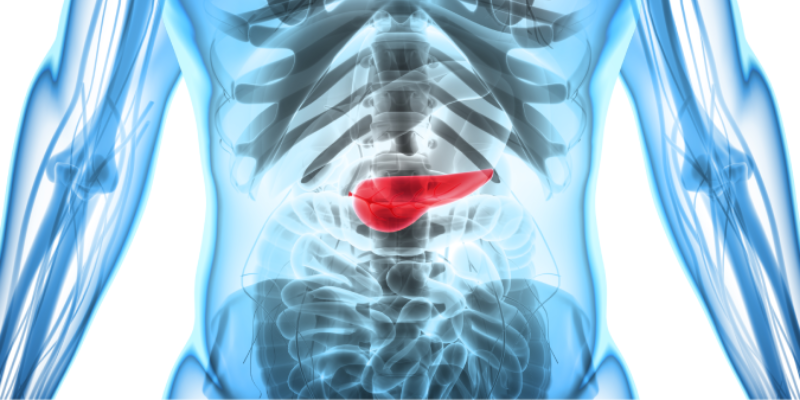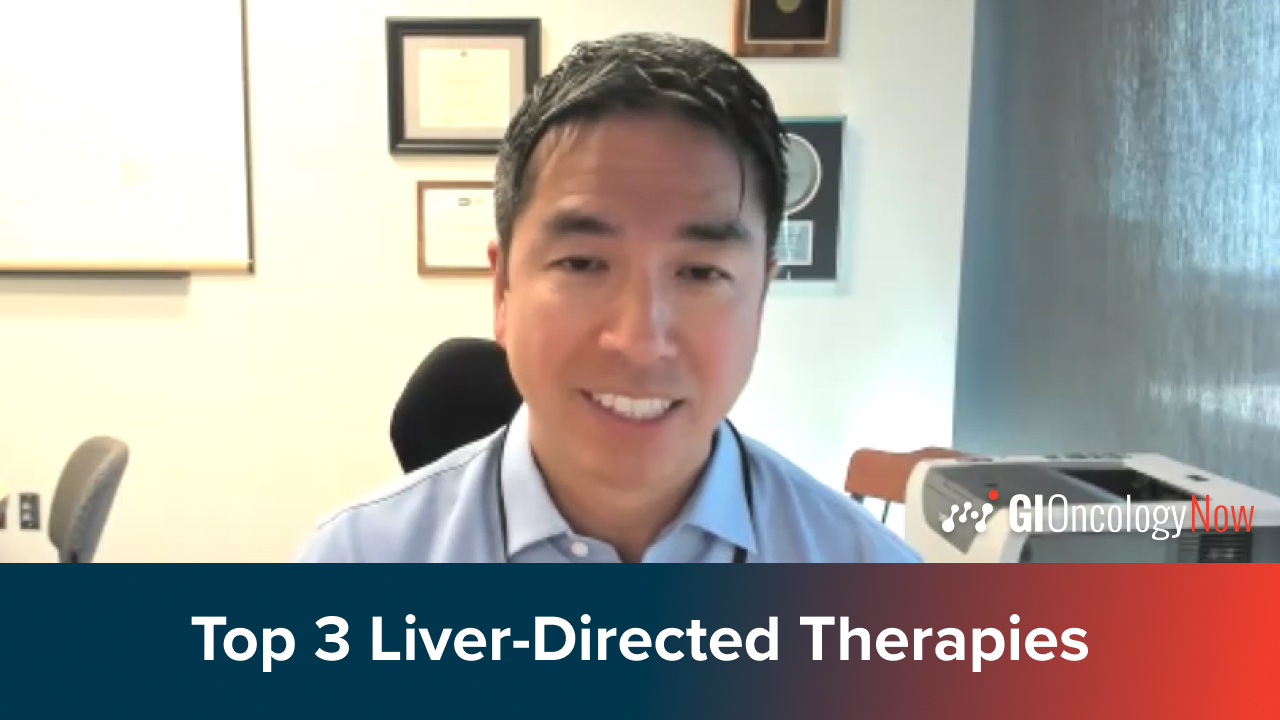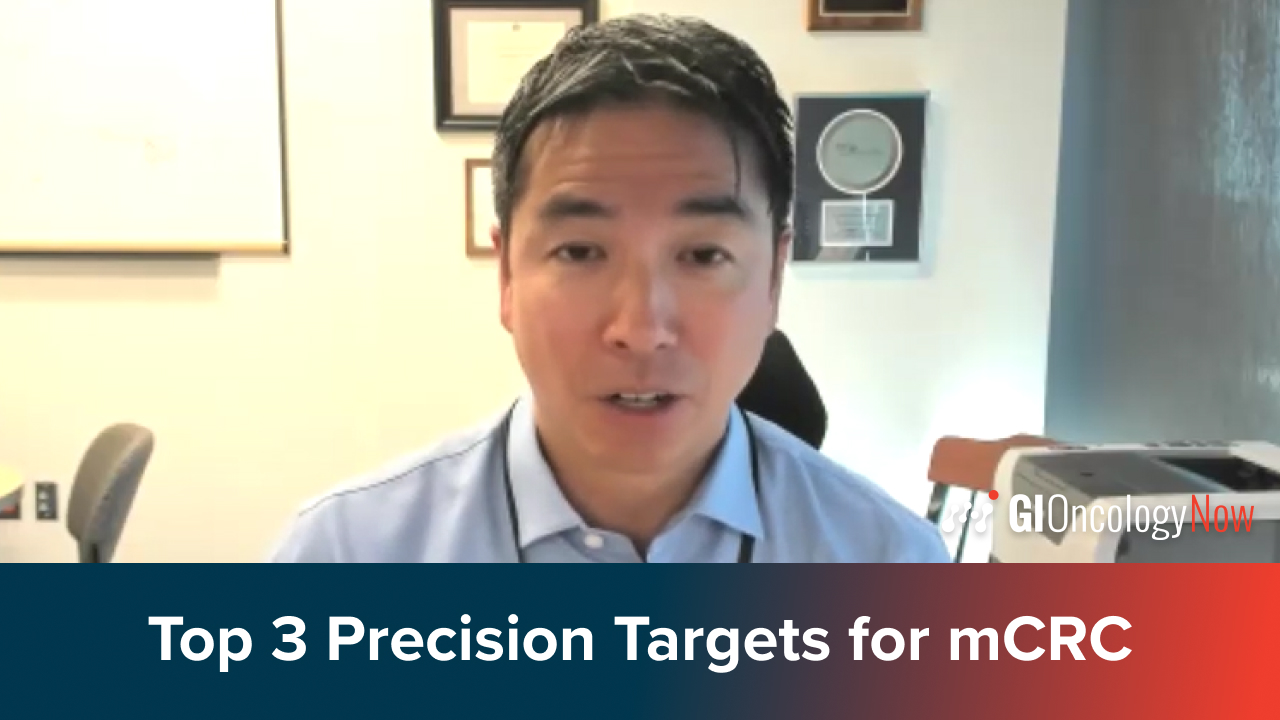
Initial findings from Arm A1 of the phase 2 EDGE-Gastric trial suggest potential for 2 novel agents to improve outcomes in patients with advanced gastroesophageal adenocarcinoma.
Yelena Y. Janjigian, MD, chief of the gastrointestinal oncology service at Memorial Sloan Kettering Cancer Center, reported the findings at the American Society of Clinical Oncology Plenary Series: November 2023.
The study is a multi-arm exploration of domvanalimab—a monoclonal antibody targeting anti–T-cell immunoglobulin and ITM domain—and zimberelimab—a PD-1 inhibitor—added on to fluorouracil, leucovorin, and oxaliplatin (FOLFOX) as first-line treatment for locally advanced unresectable or metastatic gastric cancer, gastroesophageal junction cancer, or esophageal adenocarcinoma. A total of 120 patients were included in the study, 41 of whom comprised the Arm A1 cohort. They received first-line therapy with domvanalimab (1600 mg intravenously every 4 weeks), zimberelimab (480 mg intravenously every 4 weeks), and FOLFOX (oxaliplatin 85 mg/m2 intravenously, leucovorin 400 mg/m2 intravenously, fluorouracil 400 mg/m2 intravenous bolus plus 2400 mg/m2 continuously for 46 to 48 hours intravenously every 2 weeks) for a median of 33 weeks.
Dr. Janjigian noted that among patients in the Arm A1 cohort, the PD-L1 tumor area positivity score was less than 5% in 59% of patients and at least 5% or unknown in the remainder of patients. Fifty-nine percent had microsatellite-stable tumors, and only 2% were known to be microsatellite instability-high.
The primary end points of the study are investigator-assessed objective response rate (ORR) per Response Evaluation Criteria in Solid Tumors v1.1 and safety. Secondary end points include ORR by PD-L1 expression and progression-free survival (PFS).
In the intent-to-treat population, the ORR for all patients was 59% (95% CI, 42%-74%). ORR was substantially higher for patients with PD-L1-high tumors compared with those with PD-L1-low tumors (80% vs 46%, respectively).
The 6-month PFS was 75% (95% CI, 58%-92%). Similarly, the 6-month PFS rate was higher for patients with PD-L1-high tumors (93% vs 66%, respectively).
Serious treatment-related adverse events (TRAEs) occurred in 24% of patients, 5% of which were drug-related. Grade 3 or higher TRAEs related to any study drug occurred in 56% of patients, with 49% of patients discontinuing therapy. “The incidence of adverse events was similar to prior experience with anti–PD-1-plus-FOLFOX, and there were no new safety concerns identified,” Dr. Janjigian said.
In her concluding remarks, Dr. Janjigian contended that “the addition of domvanalimab and zimberelimab to FOLFOX shows encouraging ORR and 6-month PFS in advanced gastroesophageal adenocarcinoma, irrespective of PD-L1 expression.” As a follow-up study, she added that the phase 3 STAR-221 trial is currently enrolling patients with locally advanced unresectable or metastatic gastric, gastroesophageal junction, and esophageal adenocarcinoma to receive first-line domvanalimab and zimberelimab plus chemotherapy or nivolumab plus chemotherapy.







 © 2025 Mashup Media, LLC, a Formedics Property. All Rights Reserved.
© 2025 Mashup Media, LLC, a Formedics Property. All Rights Reserved.